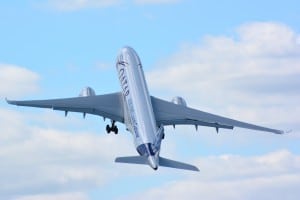
So far theories of how to hack into an airplane have been “debunked,” but given the way hackers openly share information and the status that that would come with a cyber plane hack it’s only a matter of time before it is done, an official with Air Canada said this week. Over time elite hackers have moved from simply defacing web sites and taking over traffic lights to hacking automated teller machines all for fun and to “prove a point…

 By
By 








